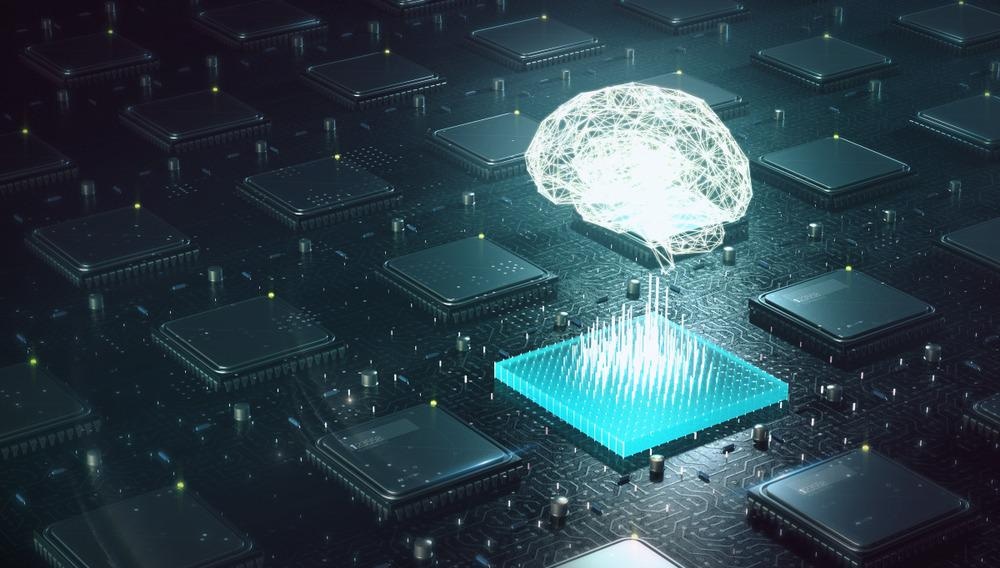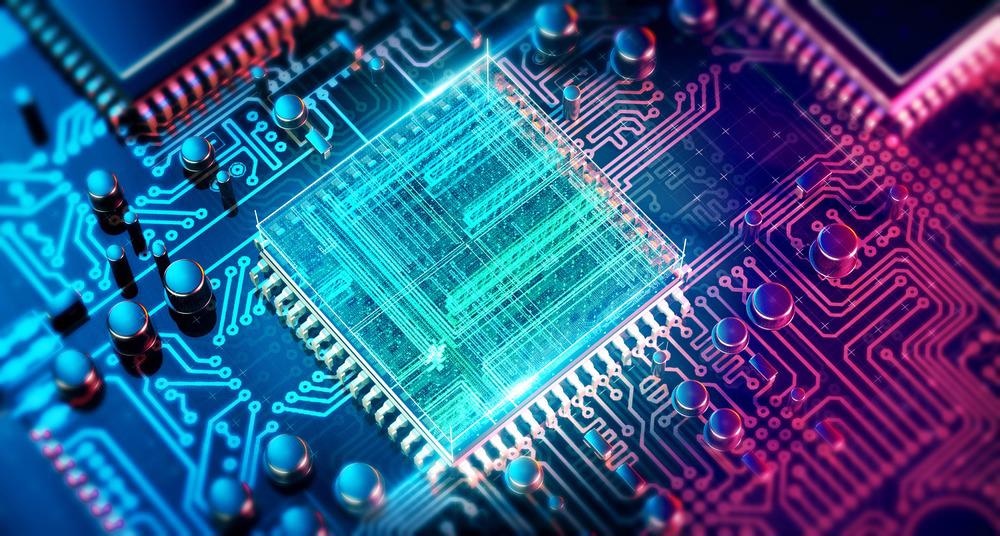There is not one finite detention in which to categorize “deep tech”. However, all are agreed that to reach the status of deep tech, the innovation in question must reshape the world or planet. It must elucidate frontiers that challenge the current paradigm that encompasses us. It builds upon existing technology while converging with the innovative, and the unseen.

Image Credit: archy13/Shutterstock.com
Distinctions Between Deep-Tech, and Existing Technologies
Qualitatively, deep tech is a measure of how difficult it is to distribute a technology, how much expertise one needs to apply/research the technology, and how risky it is to use/acquire that technology. Deep tech pertaining to quantum, hydrogen collision, dark matter, and other fields can be so nebulous in fact, that it may even be difficult to acquire a grasp of what problem it may solve.
In stark contrast, “shallow tech” (as is commonly referred to), is a technology that is easily replicated and leaves the market relatively unprovoked. Work that is grounded in coding, typical software, or telephone-based services are prime examples of shallow tech- requiring knowledge, a stable connection, and nothing more.
Examples of Deep Tech
Methodologies and apparatuses that could be classified as Deep Tech are quantum sciences, blockchain, artificial intelligence, etc.
The rationalization behind this surge in popularity regarding deep tech, is that deep tech applications are what will solve real-world issues. Blockchain is a prime example of this, with hundreds of gigabytes of data being stored, optimized for autonomy and individuals’ security. Each blockchain carries transactions within its code, recording each one to add to a participant’s leger, supremely encrypted to ensure the security of the data.
The way machines perceive the world via sensors could fall under deep technology and is accruing a lot of popularity between varied fields. These sensors are ubiquitous, found in almost all machinery. Current smartphones possess 30-40 different sensing nods all on their own, such as audio, rotation, compasses, etc. This fusion between reality, perceptions of reality, and instrumentation wholly rely on these microelectromechanical systems (MEMS) and can offer new insight into how we view the world with our senses.
Power Cultivation and Preservation Through Deep Tech
Ever since humanity formulated its notion of power, we have been procuring ways to harness it. Modern minds are now undergoing these endeavors through the lens of deep technology, resulting in longer-lasting battery life, sustained travel, and a cleaner world. Commonplace appliances and devices are fitted with high-power processors that can swiftly process data while conserving the electrical current fed to them.
Through cloud computing, algorithmic processes and data crunching can be scaled infinitely over space and time. Inventions like the lithium-ion battery, and the ultra-capacitor are now mainstream, an idea that would have seemed farfetched just ten years ago.
What Deep Tech is from A Market Perceptive?
These devices that push the front of innovation are not controlled by Silicon Valley or goliath companies such as Google or Nvidia Corp. Often it is quite the opposite, as deep technology is brought about by efficient, and responsive startups. These new-fangled inventions often disturb or otherwise impede larger conglomerates, eliminating their usefulness or undermining the versatility of their more archaic products. It has now gotten to a point where all large tech firms will buy out these smaller startups, appreciating the potential of their groundbreaking designs.
Rough estimates suggest that globally, investment within deep-tech startups has risen to 60 billion dollars in the year 2020. This number is quadruple to that of 2016 and is predicted to increase exponentially. There is a market risk, given that some of these technologies are difficult to implement, or they may solve a problem unbeknownst to us. This can have investors question the veracity of data or the results they promise.

Image Credit: archy13/Shutterstock.com
Quantum Computing Performance Within the General Public
Using deep technology, innovators such as Klee Irwin from Switzerland Mechanics are delivering processing rates akin to that of quantum computers, disrupting the high-performance computing market. Though quantum computers do exist in our current standing, they will set you back millions of dollars if you wish to purchase one. Tackling new world optimization problems regarding analytics, AI, and routing requires a machine that can process at quantum rates, placing the majority at the mercy of these larger tech firms.
As a consequence, physics-based approaches to computation are being tackled by the public. Irwin, K et al., as well as other tech entrepreneurs, are refining digital circuit design, reinventing logic gates so that they are self-organized (a dual functionality of processing and memory), and granting logic gates the awareness of circuit changes (also referred to as spatial nonlocality).
In this way, general system processes can now act to scale alongside the quantum entanglement performed by quantum computing. In laymen’s terms, computers will now operate in swift concise manners, bearing more resemblance to brains than their bulkier and older counterparts. What took neural networks over weeks to train and retrain, can now take six hours to complete, turning drawn-out computational needs into menial tasks. The efficacy of these machines speaks volumes to the exponential increase in technological prowess, and the revolutions that can be made using deep technology.
Sources:
- Irwin, K., Amaral, M., & Chester, D. (2020). The Self-Simulation Hypothesis Interpretation of Quantum Mechanics. Entropy (Basel, Switzerland), 22(2), 247. https://doi.org/10.3390/e22020247
- Brida, P., Krejcar, O., Selamat, A., & Kertesz, A. (2021). Smart Sensor Technologies for IoT. Sensors (Basel, Switzerland), 21(17), 5890.
- Guo, J., & Li, B. (2018). The Application of Medical Artificial Intelligence Technology in Rural Areas of Developing Countries. Health equity, 2(1), 174–181.
- Justinia T. (2019). Blockchain Technologies: Opportunities for Solving Real-World Problems in Healthcare and Biomedical Sciences. Acta informatica medica : AIM : journal of the Society for Medical Informatics of Bosnia & Herzegovina : casopis Drustva za medicinsku informatiku BiH, 27(4), 284–291.
- Cao Y, Romero J, Olson JP, Degroote M, Johnson PD, Kieferová M, Kivlichan ID, Menke T, Peropadre B, Sawaya NPD, Sim S, Veis L, Aspuru-Guzik A. (2019) Quantum Chemistry in the Age of Quantum Computing. Chem Rev.
- Solenov, D., Brieler, J., & Scherrer, J. F. (2018). The Potential of Quantum Computing and Machine Learning to Advance Clinical Research and Change the Practice of Medicine. Missouri medicine, 115(5), 463–467.
- Amisha, Malik, P., Pathania, M., & Rathaur, V. K. (2019). Overview of artificial intelligence in medicine. Journal of family medicine and primary care, 8(7), 2328–2331. https://doi.org/10.4103/jfmpc.jfmpc_440_19
Further Reading